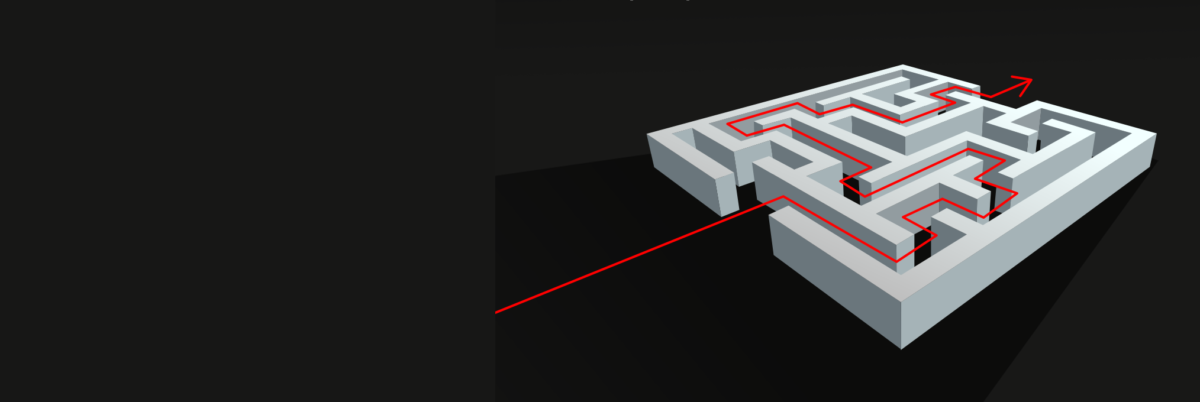

On October 27, the Constitutional Court of Ukraine issued a scandalous decision, which effectively destroyed the foundations of the anti-corruption reform in Ukraine.
All parts of the decision itself are just the tip of the iceberg. The essence of the problem raised by the CCU last Tuesday is much broader, and the consequences of this decision affect not only the promotion of anti-corruption reform, but also further development of Ukraine as a whole.
The anti-corruption reform was the cornerstone of the country’s progress towards the developed West, while the anti-corruption tools that have been abolished proved to be fully effective. The biggest problem is that the Constitutional Court judges exceeded their powers, since they went beyond the constitutional petition in their decision — they answered a question they had not been asked. This raises the question of protecting the country from the actions of the Constitutional Court of Ukraine.
Writing the section on the Constitutional Court in the Constitution, the legislator probably couldn’t even begin to imagine that the judges would act unreasonably, in violation of the Constitution of Ukraine and in a way detrimental to the state (or did they leave an intentional loophole?). The Constitutional Court is protected by the Constitution itself, so there is no easy way to change the principles of its work.
Of course, the phrasing of Articles in the Constitution was created specifically to avoid manipulations with this highly important law when political elites change. Instead, the Constitutional Court has become somewhat of a tool playing a long to political elites (a remarkable example being its 2010 decision), and has just served as a means to an end for pro-Russian elites to turn the country from the European integration path back into chaos. Changing the country’s development vector from pro-Western to neutral or pro-Russian is essentially chaos and despair.
And that is why we need to make decisions concerning the Court ASAP.
There are currently two issues that need to be prioritized. The first one is slowing down the CCU’s drive to destroy reforms and Ukraine’s European integration progress. The second one is restoring the effectiveness of the anti-corruption system and provide it with the necessary tools again.
Currently, the Constitutional Court has the land reform, the law on the Deposit Guarantee Fund, the law on the High Anti-Corruption Court on its agenda. All of these can be considered in the near future.
If we do not start resolving the problem now, very soon, we can wake up in a different country — one with a ruined economy instead of reforms. The worst thing is that this could all happen this week.
What do we do next?
- The Parliament and all factions need to set aside their political whims and focus on the Constitutional Court as their number one priority.
- MPs need to amend the law on the Constitutional Court of Ukraine changing the quorum and the necessary number of votes for decision-making, raising it to 15 votes or even more (up to 18).
- Amending the law on the Constitutional Court of Ukraine, we need to set forth a transparent, accountable selection procedure.
- Competitive recruitment should be held for the three vacant spots under the new rules.
- The president and the Parliament must start a full reboot of the HCJ and the HQCJ, also dissolving Kyiv Administrative Court.
Another important point. The CCU judges who supported the disgraceful decision must resign voluntarily. But this will happen only if they still have at least an ounce of respect for themselves and the country. Ukraine should not be their hostage.
The implementation of all the listed steps would launch a legal mechanism for rebooting the CCU with some safeguards (quorum) against actions that are arbitrary or driven by Ukraine’s enemies. All these actions are completely legal, comply with both the Constitution and the powers of the legislative branch of government, and therefore will be supported by our international partners.
If this plan is implemented today, in 2022, we will see quite a few new faces in the Constitutional Court, as well as the first results of the long-awaited judicial reform.






